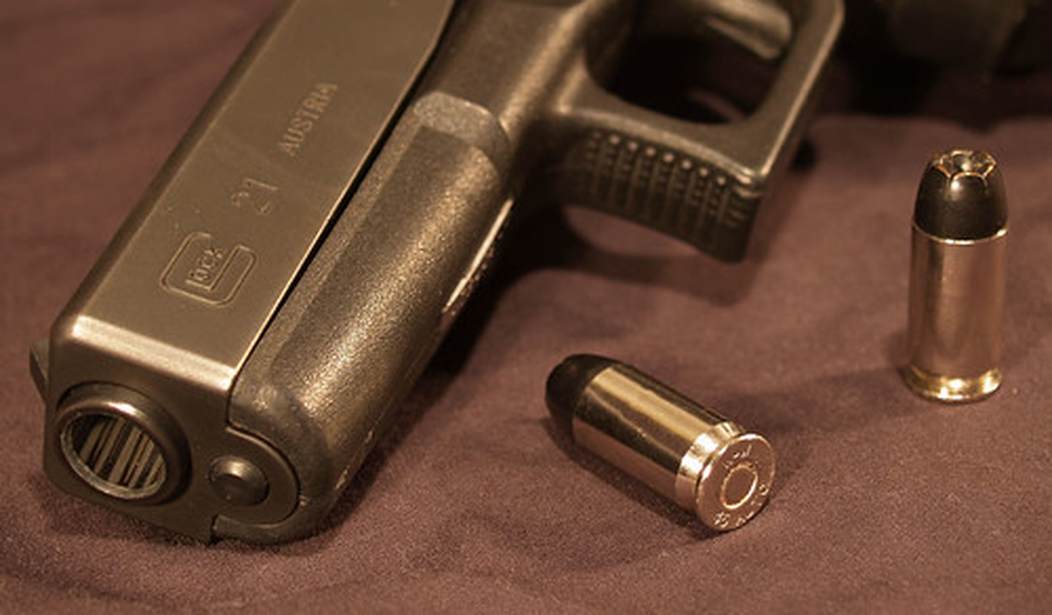Red flag laws have a lot of proponents, including many who are otherwise pro-gun.
It’s not difficult to understand why, even if you vehement disagree with the laws themselves. The basic idea of taking guns from people who are dangerous before they can hurt others sure sounds good and comforting.
The issue, however, is that there are questions as to how can they get it right as to who is really a risk and who isn’t?
What’s more, no one in the media ever questions it. They simply spout raw numbers as if every red flag order is legitimate.
Take this report out of California. Let’s start with the headline: “South Bay authorities are a state leader in disarming troubled people. But the laws backing them are facing serious challenges.”
Now, they’re basically referring to the Rahimi case that may, in fact, kill red flag laws for good. But let’s look at the supporting evidence for that headline.
Santa Clara County now files the second-most proactive gun-violence restraining orders in the state each year: Local authorities intervene on average more than once per day in cases involving people known to be armed and actively threatening themselves and others.
Prosecutors say the county has steadily increased its output of such orders since the onset of a corresponding red flag law in 2016, going from seven filings that year to 405 in 2022. Only San Diego County had more last year. Such laws are meant to assist authorities in confiscating weapons from people who might be dangerous.
But an array of court fights — both settled and upcoming — pose an existential threat that advocates and experts admit could upend the legal foundation for red-flag laws as a whole.
“There is consensus in the public about the notion that people who are dangerous should not have guns,” said Marisa McKeown, a prosecutor and supervisor of the Crime Strategies Unit in the Santa Clara County District Attorney’s Office. “Responsible gun owners should all agree that dangerous people should not have firearms.”
But here’s the problem. The only evidence that red flag laws work is apparently the total number of red flag orders issued.
That’s kind of circular, don’t you think?
After all, if the only justification you need for being able to strip people of their right to keep and bear arms is to just strip people of their right to keep and bear arms a whole lot, doesn’t that just encourage people to do so?
Especially since that law didn’t stop the San Jose railway shooting in 2021.
In other words, red flag laws works so well that the disarmed hundreds of people last year alone, but the year before, they didn’t disarm the one guy we know represented a real and actual threat.
Maybe you can start to see my skepticism here.
Yet this is what we see with red flag laws throughout the nation. Officials cite the total number issued and no one seems to question whether that has any meaning or not. Santa Clara County, for example, issued over 400 red flag orders last year, but do we know if literally any of those people were a danger to themselves or others.
After all, California has more than 4,000 suicides in 2021, the last year the CDC has statistics published for. It sure sounds like a lot of people got through the whole red flag law thing on that front, and we also know that California has had several high-profile mass shootings during the time they’ve had a red flag law on the books.
But those get ignored.
So maybe Rahimi will kill red flag laws. I sincerely hope so. After all, even those who love these laws can’t seem to show much in the way of evidence that they actually work.








